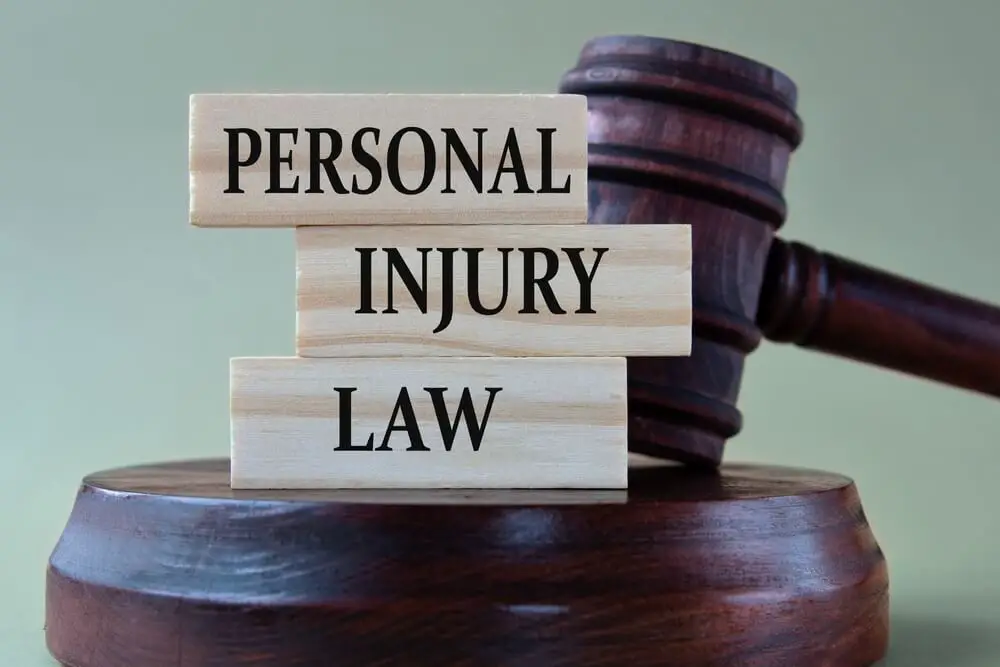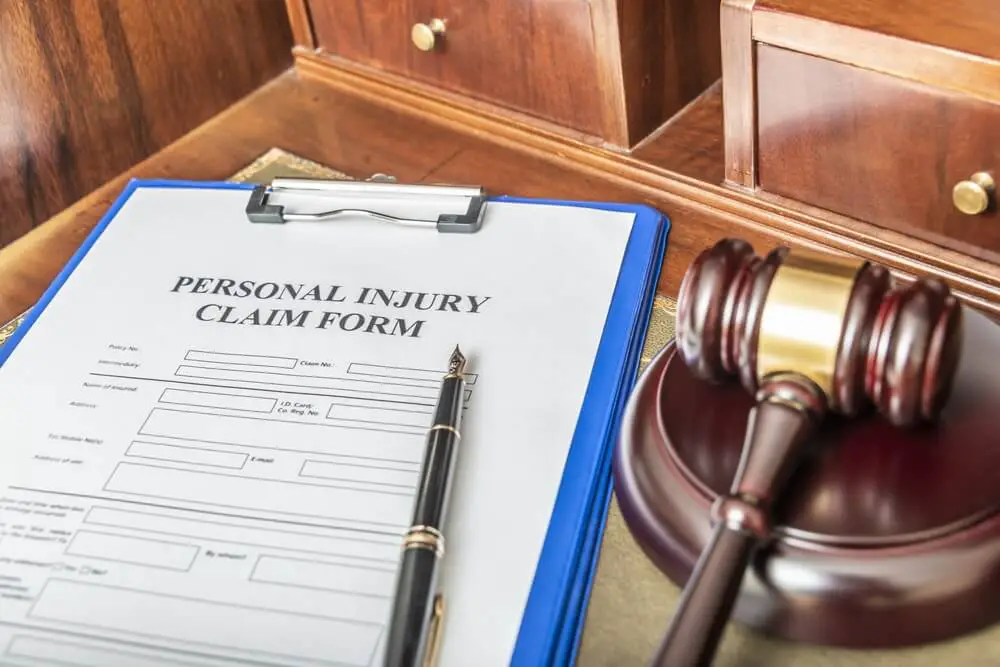Property rights and boundaries are fundamental aspects of land ownership, governing the use, transfer, and protection of assets. In this article, we delve into the intricacies of property rights, the significance of boundaries, legal frameworks, challenges, and methods of resolution.
Introduction to Property Rights
Property rights encompass the legal rights to possess, use, and dispose of tangible and intangible assets. They form the foundation of ownership, providing individuals or entities with exclusive control over their properties. Property rights are essential for fostering economic development, promoting investment, and maintaining social order.
Types of Property Rights
There are two primary categories of property rights: real property rights, which pertain to land and structures, and personal property rights, which involve movable assets such as vehicles, furniture, and intellectual property.
Understanding Boundaries
Boundaries delineate the limits of property ownership, establishing the extent of one’s rights and responsibilities. Clear boundaries facilitate peaceful coexistence and prevent disputes among neighbors.
Legal Framework of Property Rights and Boundaries
Property rights are governed by a complex network of laws and regulations at the local, state, and federal levels. These statutes define the scope of ownership, address disputes, and prescribe procedures for boundary delineation.
Methods of Establishing Property Boundaries
Land surveys conducted by licensed professionals and documentation such as deeds and title records are common methods of establishing property boundaries. These measures provide clarity and legal validity to land ownership.
Challenges in Defining Property Boundaries
Boundary disputes frequently arise due to factors such as inaccurate surveys, encroachments by neighboring properties, or ambiguous property descriptions. Resolving these disputes requires careful analysis and often involves legal intervention.
Resolving Boundary Disputes
Mediation, negotiation, or litigation may be necessary to resolve boundary disputes effectively. Legal recourse through courts can clarify ownership rights and establish enforceable boundaries.
Implications of Unclear Property Boundaries
Unclear property boundaries can lead to decreased property values, hinder development, and result in prolonged legal battles. It is crucial for property owners to address boundary issues promptly to avoid complications.
Protecting Property Rights
Maintaining accurate records, conducting regular property surveys, and seeking legal advice when necessary are essential steps in protecting property rights. Proactive management can prevent disputes and safeguard investments.
Community and Property Rights
In communities with shared resources or collective ownership, property rights may be subject to additional regulations or agreements. Homeowner associations (HOAs) often enforce rules to ensure compliance with community standards.
Technological Advancements in Boundary Management
Advancements in technology, such as GPS-enabled surveying equipment and digital mapping tools, have revolutionized boundary management. These innovations provide greater accuracy and efficiency in defining property lines.
Cultural Perspectives on Property Rights
Cultural norms and traditions influence attitudes towards property ownership and land stewardship. Indigenous communities, for example, may prioritize communal land tenure over individual ownership.
Environmental Considerations
Property rights intersect with environmental concerns, particularly regarding land conservation and natural resource management. Balancing property rights with ecological preservation is essential for sustainable development.
Economic Implications
Property rights play a significant role in economic activities, facilitating investment, and wealth creation. Secure property rights promote confidence in markets and encourage entrepreneurship and innovation.
Conclusion
Property rights and boundaries are cornerstones of a well-functioning society, providing individuals and communities with security, autonomy, and prosperity. By understanding the complexities of property ownership and implementing sound management practices, we can ensure the equitable distribution and sustainable use of resources.
FAQs (Frequently Asked Questions)
- What are property rights? Property rights refer to the legal rights individuals or entities have to possess, use, and dispose of assets, including land and personal property.
- How are property boundaries established? Property boundaries are typically established through land surveys conducted by licensed professionals and documented in deeds or title records.
- What are common challenges in defining property boundaries? Common challenges include inaccurate surveys, encroachments by neighboring properties, and ambiguous property descriptions.
- How can property owners protect their rights? Property owners can protect their rights by maintaining accurate records, conducting regular property surveys, and seeking legal advice when needed.
- What role do property rights play in economic development? Secure property rights are essential for promoting investment, fostering economic growth, and maintaining market stability.







Leave a Reply